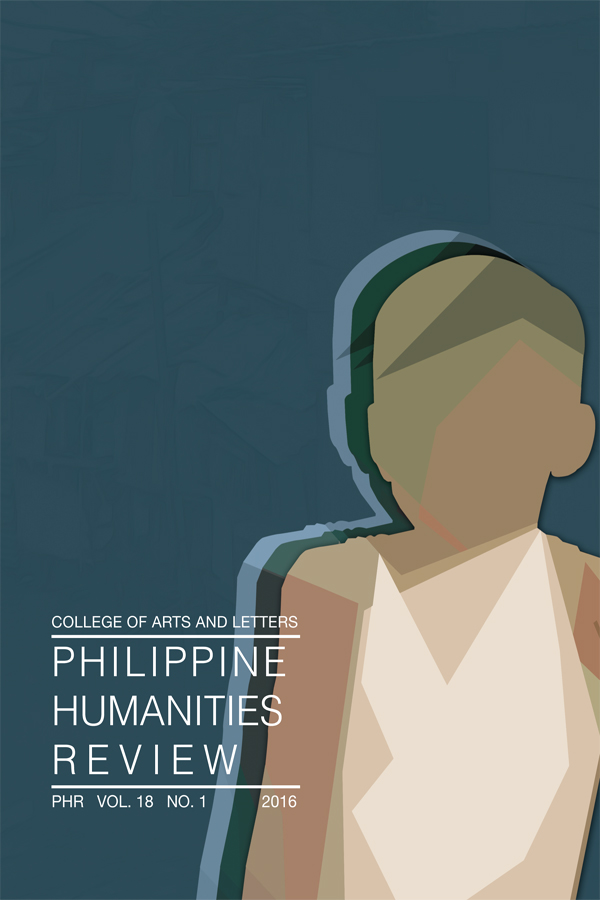Where is the Crown?: Dancing the <em>Putong</em>/<em>Tubong</em> on Stage
Abstract
The Putong/Tubong as ritual represents a complex form of expressive behaviour in which chant, music, poetry, magical act, and dance movement are entangled in significant social events. In Turnerian sense, these social events are “rite of passage” where the punsyon (honouree, celebrant) is crowned by the manunubongs (ritual initiators) with the visitors (Turner 1969). All participate in and witness the sociocultural meanings embedded in its enactment – healing, veneration, and thanksgiving (Viray 2015b). As a product of nationwide field dance research and documentation, National Artist for Dance Francisca Reyes-Aquino with composer Antonino Buenaventura included the Putong/Tubong in a collection of folk dance and music notation, Philippine Folk Dances Volume 1 (1953, 1996). As a result, the Tubong as a ritual has been included in the folk and traditional staged dance repertoire in the Philippines and abroad.
This article investigates how dance companies like the PASACAT Philippine Performing Arts Company (San Diego, California) have translated the crown (Putong/Tubong) ritual into a staged choreography. The first section presents the “structural units” of Putungan based on the company’s filmed dance taken from Youtube (Giurchescu and Krӧschlová 2007:22-23). The succeeding section relates the staged choreography or “a dance realization” with reference to its original ritualistic contexts and social function or “dance concept” (Bakka and Karoblis, 2010:172-173). Then finally, the essay argues that the most significant motif (both in dance concept and realization dimensions) in the Putong/Tubong ritual has vanished, specifically, the sense of touch during the coronation section through which the participative element is enacted. This core movement motif is also essential in that the ritual’s space (i.e. proximity) is shared among the punsyon, the manunubongs, and the visitors. While the essay articulates how meaning and important nuances of the ritual are lost, the last section juxtaposes the choreographic choices of the company with the manunubongs’, the cultural-bearers, in order to unfold decision-making process in staging a ritual and/ or folk dance. Through this analysis, the article aims to engage dance artists and practitioners in an anthropological contemplation.
Keywords: Putong/Tubong, staged ritual, folk dance, dance anthropology, ethnochoreology Introduction


